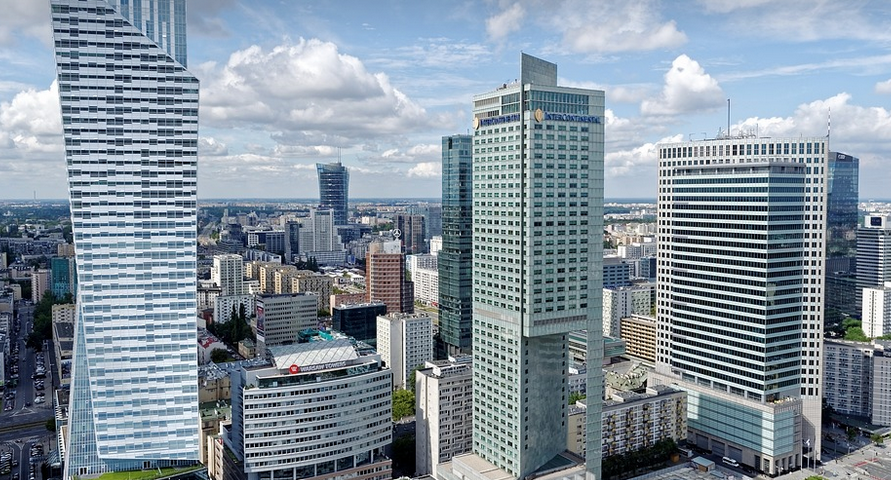A Look Under the Pavement: The Basics
Imagine driving down a road, looking at the smooth surface beneath your tires. You likely see asphalt – that familiar black stuff that lines most roads and parking lots. But what happens when that asphalt starts showing wear and tear, pothole-ridden cracks, or simply needs a refresh? That’s where resurfacing comes in. Resurfaced asphalt is essentially a bit of magic for our roads! It’s the process of rejuvenating existing asphalt pavement by applying a fresh layer on top, making the road smoother and extending its lifespan. This might sound like a simple change, but it can make a huge difference to your driving experience and even contribute to the environment.
The Science Behind Resurfacing: A Step-by-Step Breakdown
Think of resurfacing as a revitalization project for asphalt. It’s not just about slapping on fresh layers; it’s a carefully planned process that ensures optimal results. Here’s a little peek inside how the magic happens: * **Assessment:** First, things are inspected! Asphalts can be a bit like people – some have hidden issues. Engineers assess the existing pavement to identify areas of weakness, such as severe potholes or damage caused by heavy use. * **Preparation:** The existing asphalt is no longer just “rough” – it’s ready for its makeover. This involves removing old sections of damaged pavement and smoothing out rough spots with a specialized machine. * **Layering Up: ** The actual resurfacing process starts with applying a new layer of compacted aggregate. This layer acts as the foundation for our next step, adding that extra strength and stability to the road’s structure. Next comes the asphalt binder – think of this as the glue that holds everything together! * **Final Touches: ** Finally, it’s time for a final coat! A thin layer of hot asphalt is meticulously applied over the base layer, blending in seamlessly with the existing asphalt and creating that smooth, even surface we all love.
The Benefits of Resurfacing: Why It’s Worth the Investment
Resurfaced asphalt isn’t just about aesthetics; it offers a plethora of benefits, ranging from safety to environmental friendliness: * **Enhanced Safety:** Resurfacing smooths out roads and reduces the likelihood of sudden bumps or dips. This results in safer driving for everyone! * **Reduced Maintenance Costs:** By resurfacing existing roads, you’re extending their lifespan, thus reducing the need for expensive repairs and replacements down the line. * **Improved Drainage:** The process often involves adding drainage channels to prevent water buildup on the pavement. This can reduce flooding risks as well as increase road longevity by protecting the asphalt from water damage. * **Environmental Champion:** Resurfacing helps conserve resources! By extending the life of existing roads, we can decrease the need for new road construction and cut down on harmful emissions.
Resurfacing: A Boon to Communities and Travelers
The benefits of resurfacing extend far beyond just smoother driving experience – it’s a win-win situation for communities. * **Increased Property Values:** Well-maintained roads can boost the value of surrounding properties! Residents tend to feel happier about living in areas where infrastructure is well-kept, leading to increased property values and a sense of community ownership. * **Enhanced Community Appeal:** Resurfacing contributes to a more pleasant environment for everyone! A smoother ride translates into less stress during commutes, making roads inviting for pedestrians, cyclists, and even just families enjoying family walks! * **Economic Boost:** Resurfacing projects create jobs, boost local economies, and contribute to overall community development. It’s not just about creating smooth drives; it’s about sparking economic growth within communities.
Resurfacing: The Future of Roads
With increasing traffic volumes and the growing emphasis on sustainability, resurfacing has become a crucial part of modern infrastructure management. * **Sustainable Solutions:** More than ever before, we’re looking for eco-friendly solutions to construction projects! Resurfacing allows us to reuse existing materials, minimizing waste and promoting resource conservation. * **Smart Technology:** Advancements in technology are revolutionizing resurfacing techniques. Drones, lasers, and even 3D modeling allow engineers to create more precise designs and reduce downtime during the entire process.
So, next time you drive across a road that looks shiny and brand new, take a moment to appreciate the magic of resurfacing! It’s not just about creating smooth streets—it’s about building better communities for all.
